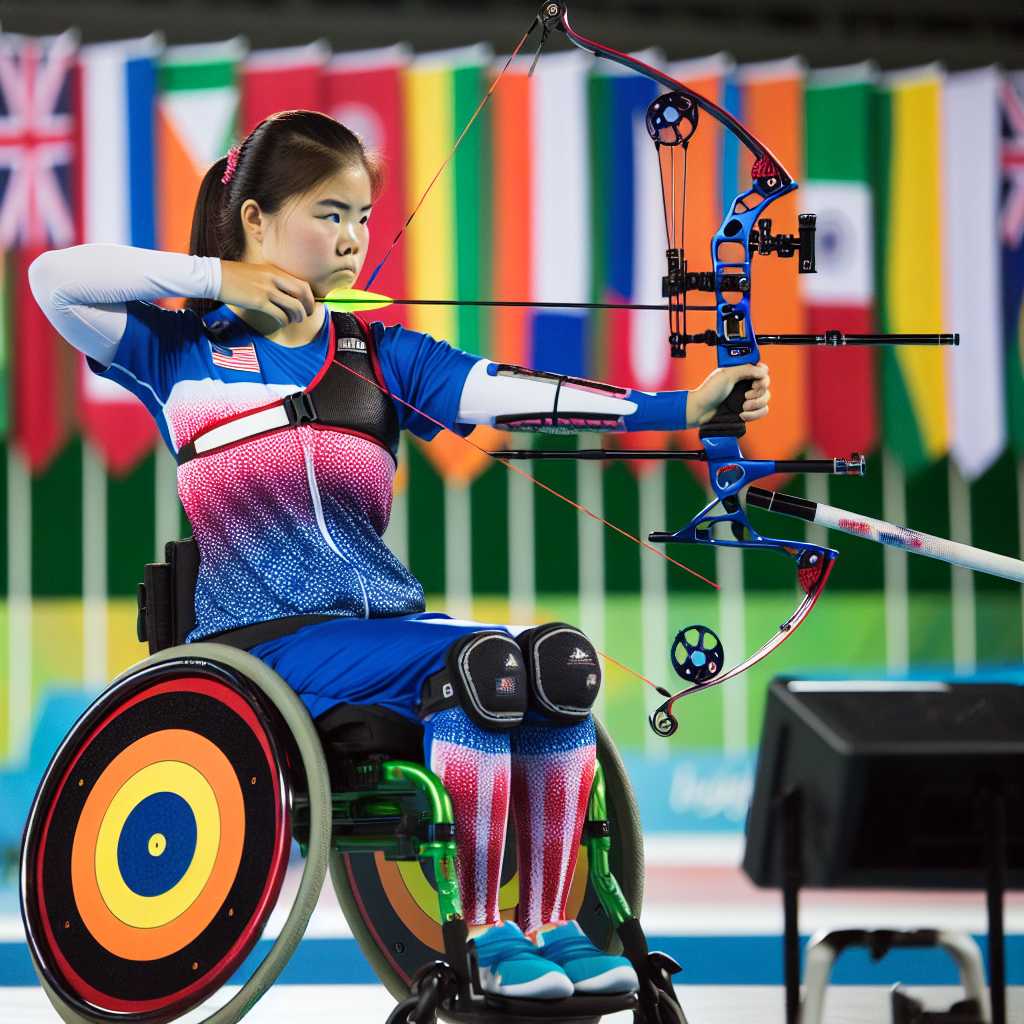Understanding the Archery Paralympics: A Comprehensive Overview
Archery is one of the sports featured at the Paralympic Games, where athletes with physical impairments compete at the highest levels. Like the Olympics, the Paralympics occur every four years and include athletes from all around the world who have gone through rigorous training and qualifying competitions to represent their countries. The beauty of Paralympic archery lies not only in its competitive spirit but also in its adaptability and inclusive nature, ensuring that athletes with different types and degrees of disabilities can participate.
History and Evolution of Paralympic Archery
Paralympic archery was one of the original sports when the Paralympic Games were established in 1960. The sport has significantly evolved over the decades with the adoption of new technologies and the implementation of comprehensive classification systems to ensure fair competition. These historical milestones not only marked progress within the sport but also in how society perceives athletes with disabilities, championing an ethos of empowerment through sportsmanship.
Classification System in Paralympic Archery
The classification system in Paralympic archery is designed to ensure that competition is fair and that an athlete’s disability does not dictate their success in the sport. Athletes are classified based on their ability to perform skills necessary for archery, such as shooting a bow and maintaining posture. These classifications are regularly reviewed and refined to reflect advancements in understanding disabilities and how they impact participation in sport.
Preparation and Training for Paralympic Archers
Archers preparing for the Paralympics undergo extensive training like their Olympic counterparts. There is no distinction in the level of dedication or intensity in preparation—Paralympians train meticulously to refine their technique, build endurance, and maintain mental focus. Coaches specialized in working with differently-abled athletes are often a crucial part of their journey, helping them perfect their skills while navigating the unique challenges posed by their disabilities.
Technology and Equipment
Advancements in technology have greatly benefited Paralympic archers. High-quality prosthetics and adaptive equipment allow athletes with varying impairments to compete effectively. Bows, arrows, and other gear are often customized to suit an archer’s needs, making sure that their equipment maximizes their ability while conforming to regulation standards set by bodies like the World Archery Federation.
The Competitive Edge: Discipline and Categories
Paralympic archery consists of individual and team events divided by classification and the type of bow used – recurve or compound. In both disciplines, archers shoot at targets set at a range standard distance away. Scoring is similar to Olympic archery, where athletes aim for as high a score as possible with a set number of arrows.
Global Impact and Advocacy
Paralympic archery has significant global impact beyond just medals – it advocates for disability rights and representation, inspiring many with disabilities to pursue sports and other ambitions without seeing their physical condition as a barrier. International organizations work to expand access to adaptive sporting equipment and provide training for coaches worldwide so that nations can develop strong Paralympic contenders.
Notes
Image description:
A Paralympian archer, in a specialized wheelchair, takes aim at a target during a competitive event. The athlete wears official gear representing her country, exuding focus and determination, while behind her fly the various flags representing international participation at the Paralympic Games.
